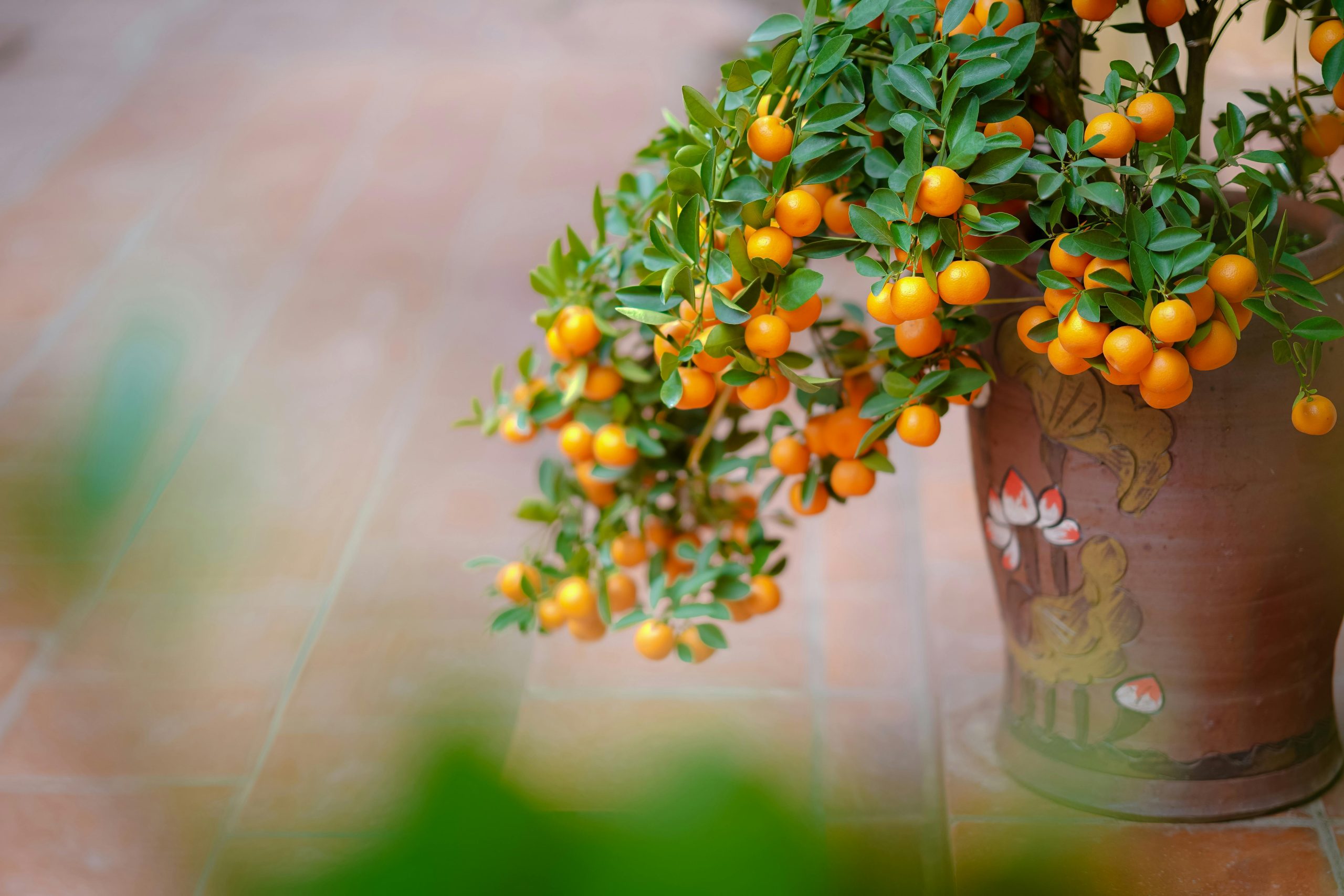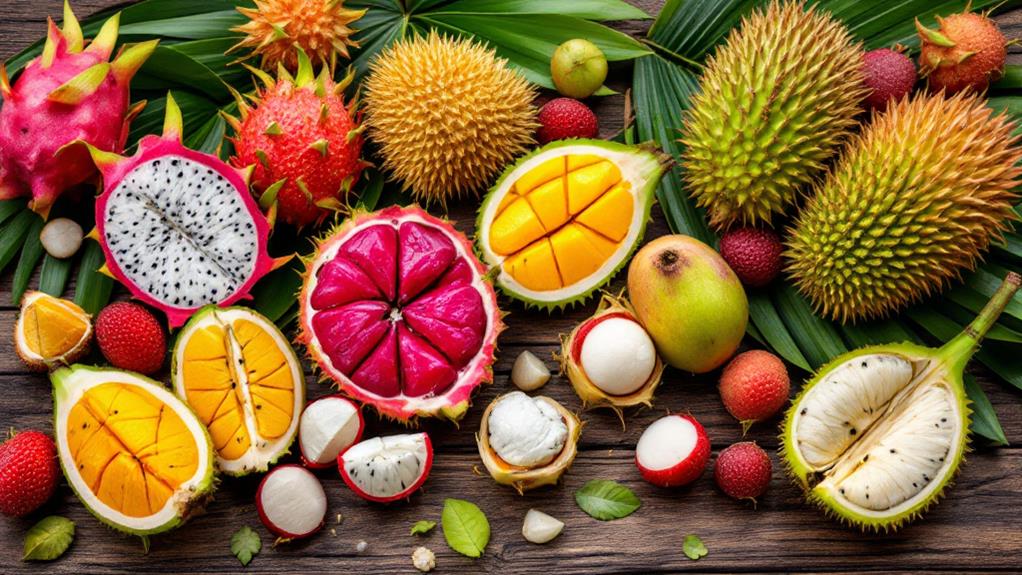The Hidden Resilience of Dwarf Fruit Trees

Britain’s weather has never been predictable, but recent years have brought sharper shifts—wetter winters, drier summers, and unexpected frosts. For gardeners, these changes pose real challenges, especially when growing fruit trees. Yet, one category stands out for its surprising adaptability: dwarf fruit trees. These compact cultivars, often overlooked in favour of their full-sized counterparts, offer a practical solution for modern British gardens. This article explores how dwarf fruit trees thrive amid climatic upheaval, their historical roots, and the techniques to ensure they bear fruit despite the odds.
A nursery specialist at ChrisBowers, a respected supplier of quality stock, notes that these smaller trees are bred for resilience as much as convenience. “With the right care, dwarf varieties can handle everything from heavy clay soils to sudden temperature drops,” they explain. “Their size makes them ideal for smaller plots or even containers, and they’re perfect for anyone seeking reliable fruit trees for sale” . This adaptability, paired with their manageable stature, positions them as a smart choice for today’s gardeners facing an uncertain climate.
Why Dwarf Fruit Trees Suit Britain’s Weather
Dwarf fruit trees, typically growing to heights of 6 to 10 feet, owe their hardiness to selective breeding. Unlike standard trees, which can stretch beyond 20 feet and demand more resources, dwarfs channel energy into fruit production rather than excessive growth. This efficiency proves vital when seasons turn erratic. Heavy rainfall, a hallmark of recent British winters, often waterlogs soil and drowns roots. Dwarfs, with their shallower root systems, cope better when planted in raised beds or well-drained sites. Conversely, their modest canopy reduces water loss during summer droughts, a growing concern as temperatures climb.
Apple dwarfs, such as ‘Discovery’ or ‘Cox’s Orange Pippin’, exemplify this resilience. These varieties, grafted onto dwarfing rootstocks like M27 or M9, resist wind damage—a frequent threat in storm-prone regions like the Scottish Highlands or coastal Cornwall. Their compact form also simplifies protection against late frosts, which have disrupted blossom seasons in recent years. A simple fleece cover can shield buds, ensuring pollination isn’t lost to a cold snap. For gardeners weighing options, this blend of toughness and practicality makes dwarf fruit trees an appealing investment.
A Brief History of Dwarfing Techniques
The concept of dwarf fruit trees isn’t new. Their origins trace back centuries, rooted in necessity and ingenuity. Medieval monks in Europe experimented with pruning and grafting to cultivate orchards within monastery walls. By the 17th century, French horticulturists refined these methods, using rootstocks to control tree size—a practice that spread to Britain during the Georgian era. The goal was clear: maximise yield in limited space. Victorian gardeners embraced the trend, planting dwarfs in walled gardens to supply aristocratic households with fresh apples, pears, and cherries.
Modern dwarfing owes much to 20th-century science. The East Malling Research Station in Kent, established in 1913, pioneered rootstock development, producing the M-series still used today. These rootstocks, tailored to restrict growth, transformed fruit cultivation. Dwarfs became accessible beyond estates, reaching suburban plots and allotments. Today, as Britain’s climate shifts, this historical groundwork underpins their resurgence. Gardeners seeking fruit trees for sale often find these varieties echo a legacy of adaptation—a quiet nod to centuries of horticultural problem-solving.
Soil and Site: Setting the Stage for Success
Success with dwarf fruit trees begins beneath the surface. Soil type dictates their health, and Britain’s diverse geology—chalky downs, peaty fens, clay lowlands—demands preparation. Most dwarfs prefer loamy, well-drained soil with a pH between 6.0 and 7.0. Heavy clay, common in the Midlands, risks waterlogging; adding grit or organic matter improves drainage. Sandy soils, like those in East Anglia, drain too quickly, so compost boosts retention. Testing soil pH with a simple kit, available at garden centres, ensures conditions suit the tree’s needs.
Site selection matters just as much. Dwarfs thrive in full sun—six hours daily at minimum—to fuel fruiting. South- or west-facing spots work best, though wind exposure requires thought. Britain’s gales can topple poorly anchored trees, so planting near a hedge or fence offers shelter without shading. For urban gardeners, patios or balconies suffice if pots are large enough—25 litres or more—and drainage holes prevent soggy roots. These choices, made early, lay the groundwork for trees that endure unpredictable weather.
Pruning and Training: Shaping Resilience
Pruning isn’t optional with dwarf fruit trees; it’s essential. Their compact size belies a vigorous nature, and without intervention, branches overcrowd, reducing air circulation and inviting disease. Winter pruning, done between December and February when trees are dormant, encourages fruiting spurs—short shoots where buds form. A clean cut above a bud, angled to shed water, keeps the tree healthy. Summer pruning, meanwhile, controls size, removing excess growth in July or August before it saps energy from ripening fruit.
Training complements pruning. Espalier or cordon forms, where branches are tied to wires or stakes, suit dwarfs in tight spaces. These shapes, often seen in heritage gardens, expose fruit to sunlight and ease harvesting. For apples like ‘James Grieve’, a cordon along a fence can yield dozens of fruits from a single stem. Such methods not only boost productivity but also fortify trees against wind and rain, aligning their structure with Britain’s blustery reality.
Pollination in a Shifting Climate
Pollination poses a hurdle as weather patterns falter. Dwarf fruit trees, like their larger kin, rely on bees and insects to transfer pollen. Yet warmer winters disrupt insect cycles, while wet springs ground pollinators. Many dwarfs, such as ‘Braeburn’ apples, need a partner tree for cross-pollination. Planting two compatible varieties, blooming at the same time, ensures success. Crab apples, like ‘John Downie’, serve as universal pollinators, their wild vigour unfazed by drizzle or chill.
Self-fertile dwarfs, like ‘Stella’ cherry or ‘Conference’ pear, offer an alternative. These trees fruit alone, ideal for small gardens where space limits options. Still, hand-pollination—a soft brush dabbed between flowers—can bolster yields when nature falters. Gardeners adapting to erratic seasons find these strategies preserve harvests, turning climatic quirks into manageable challenges.
Pests and Diseases: Modern Threats, Timeless Fixes
No fruit tree escapes pests or disease, and dwarfs face the same foes as standards. Codling moths, laying eggs in apple blossoms, thrive in warm summers, while aphids multiply in mild winters. Scab, a fungal blight, spreads in wet springs, marking fruit with dark spots. These issues, intensified by climate shifts, demand vigilance. Checking trees weekly catches infestations early. Sticky traps deter moths; insecticidal soap clears aphids. For scab, pruning improves airflow, and sulphur sprays, applied pre-bloom, curb spores.
Resistant varieties ease the burden. ‘Falstaff’ apples shrug off scab, while ‘Beth’ pears resist fire blight, a bacterial scourge in damp conditions. Choosing such cultivars, often available among fruit trees for sale, cuts reliance on chemicals. Organic mulches—wood chips or straw—further deter pests by fostering beneficial insects like ladybirds. These tactics, blending tradition with necessity, keep dwarfs productive despite nature’s curveballs.
Harvesting and Beyond: Maximising Small Trees
Dwarf fruit trees reward patience with early yields—often within two to three years of planting, versus five or more for standards. Apples ripen from August to October, pears a month earlier, cherries by June. Timing matters; picking too soon yields tart fruit, too late risks rot. A gentle twist lifts ripe apples; pears detach with a slight tug. Storing in a cool, dark shed extends enjoyment into winter, though dwarfs rarely overproduce, suiting modest households.
After harvest, maintenance continues. A layer of compost in autumn feeds roots, while a lime wash on trunks deters pests. These steps, simple yet effective, ensure trees rebound each spring. For gardeners eyeing longevity, dwarfs rarely exceed 20 years, but their shorter lifespan fits fast-changing climates—replacements adapt to whatever weather comes next.
The Future of Dwarf Fruit Trees in Britain
As Britain’s climate tilts further—projections suggest wetter winters and hotter summers by 2050—dwarf fruit trees hold firm. Their versatility suits urban sprawl and rural plots alike. Breeders, responding to demand, develop hardier dwarfs, like heat-tolerant plums or frost-proof cherries. Gardeners, too, evolve, sharing tips on forums and allotments. The trees’ past, forged in monastic orchards and research labs, equips them for this future.
For those browsing fruit trees for sale, dwarfs offer more than fruit—they embody resilience. Their small stature belies a big role: feeding families, greening spaces, and weathering storms. In a nation where rain and sun trade places without warning, these trees prove that adaptability, not size, defines survival.


